Product Review | Scott Kinabalu 2 Trail Runner
By Billy Rainford
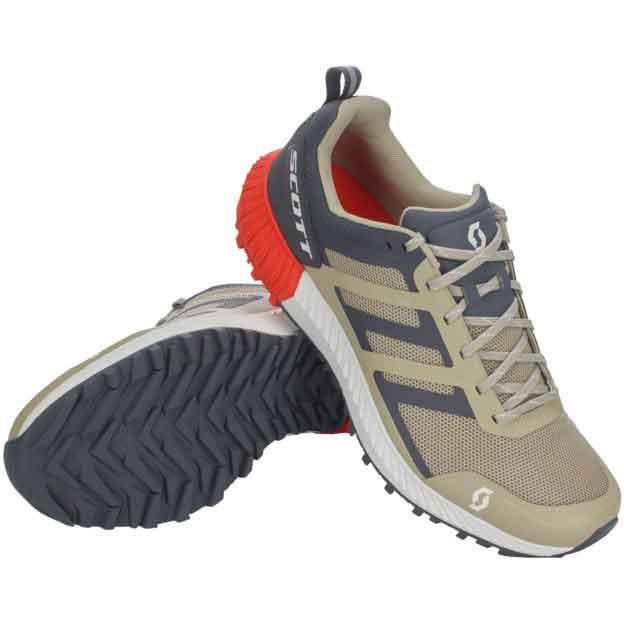
I’m going to do something a little different today. As many of you may or may not know, I used to manage one of the busiest and best running stores in North America called Forerunners in Vancouver, BC. The store was and is located in the heart of the west coast running community on the edge of Kitsilano and Point Grey between Kits Beach and Locarno Beach along the miles of waterfront that runs between the city of Vancouver and the ocean. Yes, it’s about as nice as it sounds.
Anyway, with the late arrival of spring here in southwestern Ontario, I haven’t been able to get out on the Yamaha YZ250 2-stroke very much yet, but I have been able to use a pair of Scott trail running shoes this entire Supercross season.
Scott Sports Canada distributed by Mica Sport Canada in Bracebridge, Ontario, has been behind Direct Motocross since we started and their support has always been appreciated. I’m sure you’ve seen me or read my posts riding in different places around North America on my Scott bikes, whether it be on the road or on the trails. Well, they also take care of my footwear needs while I’m wandering around the globe chasing Canadians at the races.
To say I’m more qualified to do a review on a pair of running shoes than I am a new 450 is definitely an understatement. Although I’ve been involved in the sport of Motocross since 1981, my knowledge of running gaits and required footwear for running and walking far outweighs my technical knowledge of the inner workings of dirt bikes.
OK, enough about me, let’s talk about some Scott trail running shoes.
Shoe: Scott Kinabalu 2 Trail Running
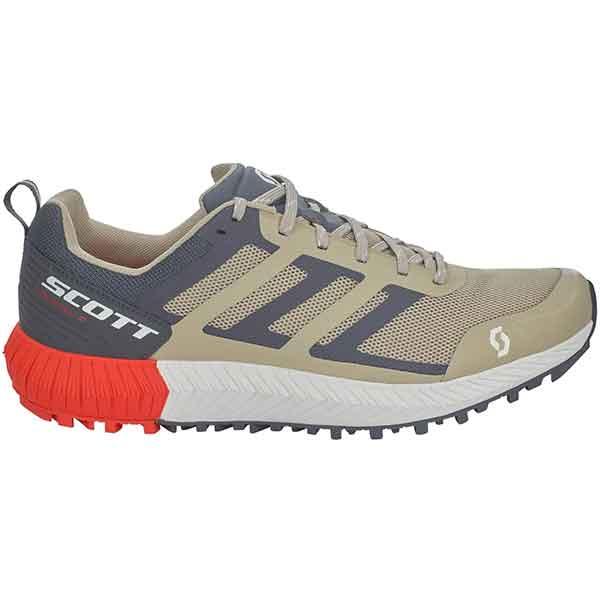
Here are the official stats from the Scott Sports website:
Our most versatile trail running shoe, the SCOTT Kinabalu 2, is equipped with a Versatile Traction outsole to create traction on any trail. The responsive Kinetic Foam midsole returns 14% more energy and the updated air mesh upper creates a highly breathable and comfortable environment for your feet.
- RANGE OF USE: Trail
- COMPOSITION: UPPER: Mesh/Thermoplastic Polyurethanes
LOWER: Ethylene Vinyl Acetate/Rubber - HEEL: 29mm
- FOREFOOT: 21mm
- HEEL TO FOREFOOT DROP: 8mm
- FEATURES: Versatile Traction
Full Rubber Outsole
Dual Density Kinetic Foam
eRIDE Midsole
Spacer Mesh
Ortholite ECO X-40 Footbed
Thermoplastic Polyurethane Support Cage
Toe Guard
Form-fitting Tongue (locking system) - SIZE: US 7-13/UK 6 -12/EU 40-47.5
- APPROX. WEIGHT: 290g (10.23 oz)
If you’ve ever talked to me about running shoes, you know I can geek out in a hurry. I used to spend my days assessing running gaits and fitting ultra-picky runners with shoes for their upcoming events and training. The store had one of the most impressive shoe walls you’ve ever seen with over 300 different shoes on the wall. And yes, I could tell you what each one weighed to within a couple tenths of an ounce. It was a sickness.
I could also tell you what each brand’s name meant. For example, Saucony was Native for swift flowing water. Adidas is from Adi Dassler’s name. His brother, Rudy Dassler was Puma. Nike is the Greek Goddess of Victory, Mizuno is a Japanese family name, and Asics was an acronym for Anima Sana In Corpore Sano which is Japanese for Sound Mind in a Sound Body. But I digress…
Over the course of years of attending daylong and sometimes weeklong events, I discovered early on that the best shoes for this particular workload are trail running shoes. Not the most aggressive ones that you’d use, for example, on the Baden-Powell Trail on the North Shore of Vancouver, but ones that are more suited to use on a cinder path or running around Fanshawe Lake here in my hometown of London, Ontario. They’re more aggressive than a road shoe but a little less than a true trail racing shoe.
The uppers are a little more durable and weather resistant, the midsoles are strong and stable, and the outsoles have the traction you need to navigate MX tracks. Not only that, but they are as comfortable as normal running shoes. I can literally wear them all day at the races, walking from the track to the pits many, many times in a day and not think about my feet, knees, or back…and that’s saying something!
I had pretty aggressive leg surgery to help fix my right knee a few years back called a high tibial osteotomy and so supporting my knees at the track has become even more important for me.
These latest Kinabalu 2 shoes have been some of the most comfortable Scott shoes I’ve had over the last 10 years we’ve been doing this. Not only are they very comfortable and supportive, but they’ve also been some of the most durable I’ve worn.
Feld asked that we wear black shoes when on the floor at Supercross races to not be distracting for the broadcast (they tell a guy with a bald head that’s like a beacon!). I was forced to hit an outlet mall in California and grab whatever trail shoes I could find that were black. I won’t say the name of them, but they blew out at both my baby toes after 3 rounds. Not good.
I’ve worn these Kinabalus to every practice track and outdoor race I’ve been to this fall and winter and these shoes are still in perfect condition!
Here’s a tip: you get shoes that are the opposite of what your feet are. That sounds a little counterintuitive, but hear me out.
If you’ve got a high arch, rigid foot, you can wear a soft and flexible shoe. However, if you’re like most people and have feet that tend to be more flexible and your arches flatten under your weight, you should stay away from those soft, flexible shoes. Sure, they may feel great in the store because they are like pillows, but look for ones that DO NOT bend in the middle when you flex them. For these feet, you want your shoes to bend under your forefoot when you do the bend test and not in the arch.
Rigid foot = soft, flexible shoes
Flexible foot = less flexible shoes
These Kinabalus only bend under the forefoot when I try to bend them, so that is one quick way to judge if the shoe is going to perform the way you want them to. They are a little sculpted through the mid-foot which gave me some concern, but they’ve been great.
10.23 ounces is right in the ballpark for a good training shoe weight. That’s right where you’ll find most moderately supportive shoes.
When I ran on the streets, I always ran in dual-density shoes, meaning ones that had firmer EVA (Ethylene-Vinyl-Acetate) on the medial side. When you run, you tend to land on the outside edge of your heel and then roll through toward the inside as you go through your gait cycle. If you do this too much, it’s called over-pronating. Pronating is not a dirty word. It’s actually the body’s way to absorb some shock naturally. However, if you roll to the inside too much, it can cause you some different problems in the long run, and this is where that dual density comes into play – it slows down the rate of pronation.
But, on the trails and walking at the track, I don’t want to be corrected and held to the outside as I go through my gate cycle (pronation is never as pronounced when standing or walking as it is when running), so a neutral, supportive shoe is what I always look for and that’s what the Scott Kinabalu is. It works perfectly.
This particular model tends to fit a little narrow, so it won’t be right for everyone. Standard mens shoes are a D and standard women’s shoes are a B width, but not all D’s and B’s are the same, they vary from brand to brand.
If you’re going to be spending long days at the races this summer, I strongly suggest you check out a good pair of Scott trail running shoes.
If you’re curious about trying some Scott shoes, click the DEALER LOCATOR to find a store near you.

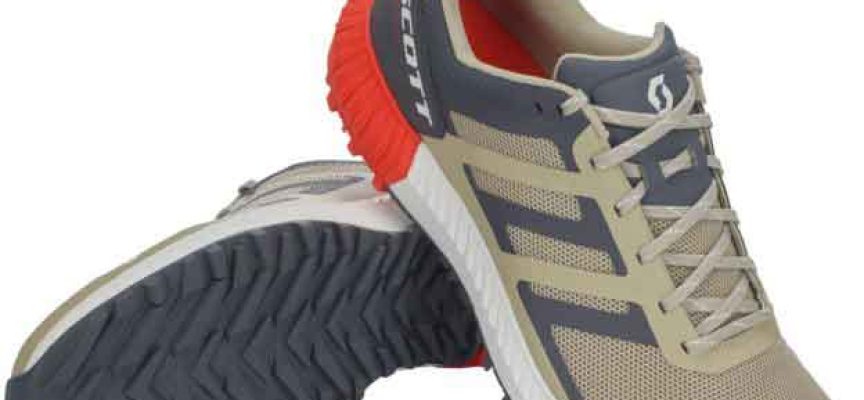
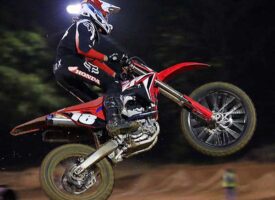

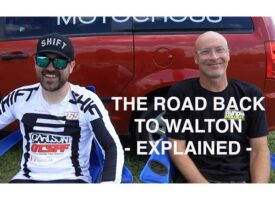
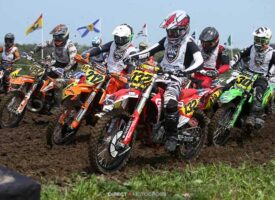
No comments!
There are no comments yet, but you can be first to comment this article.